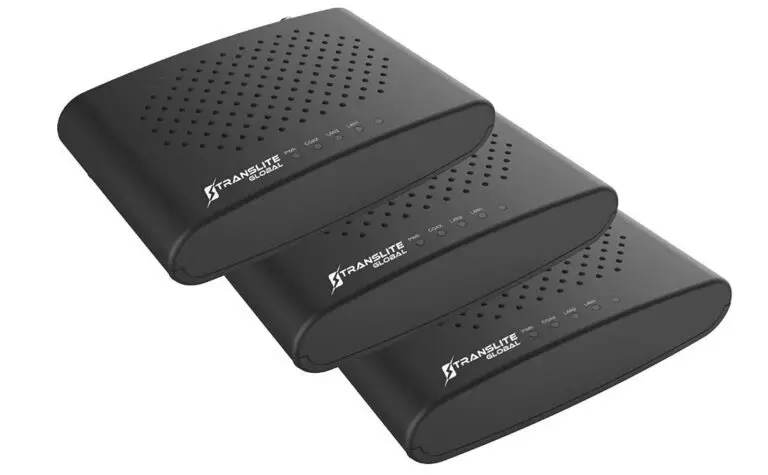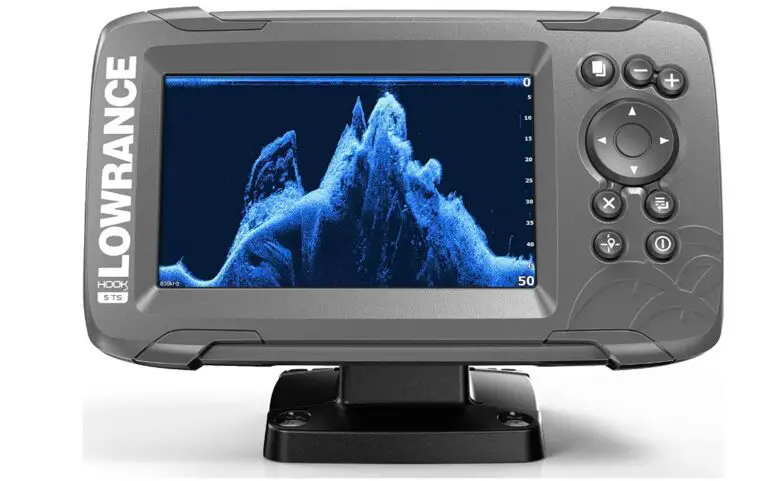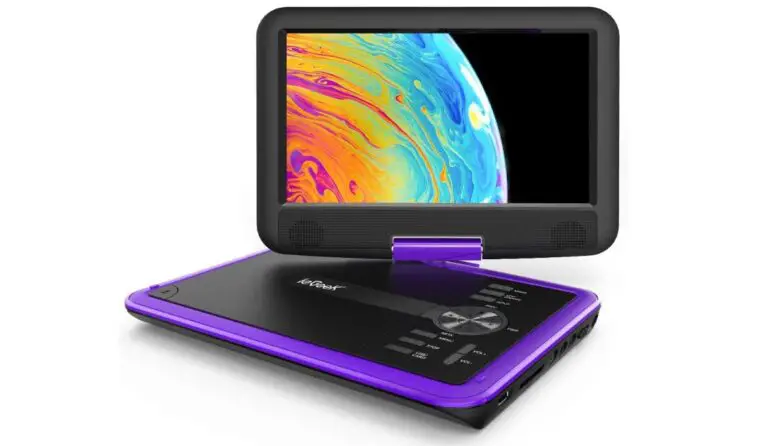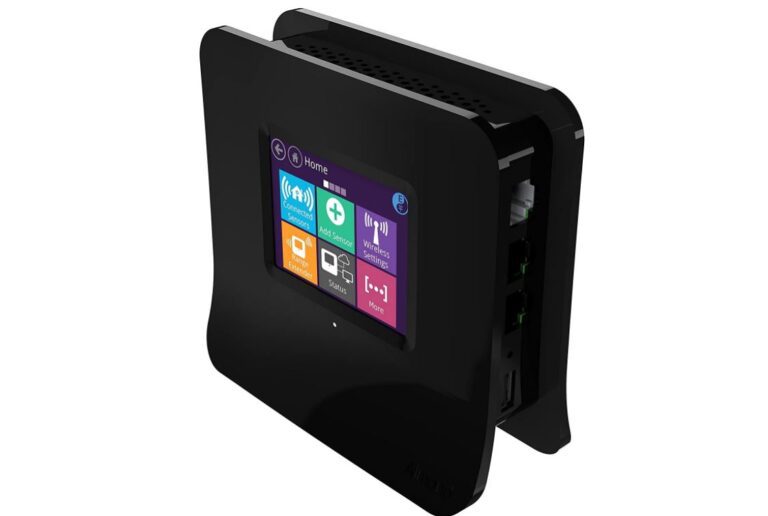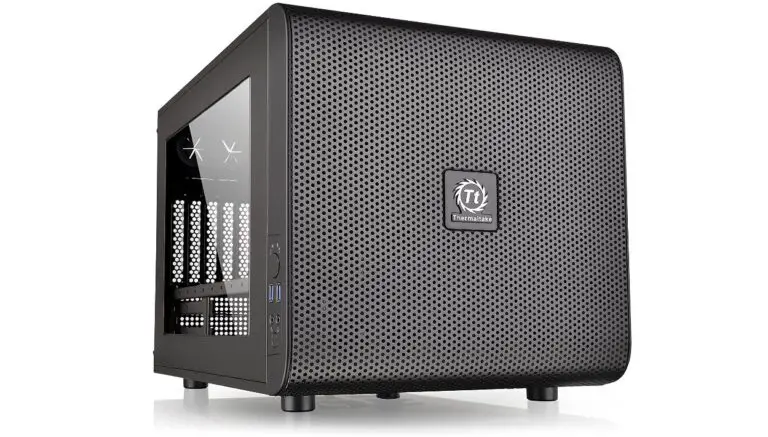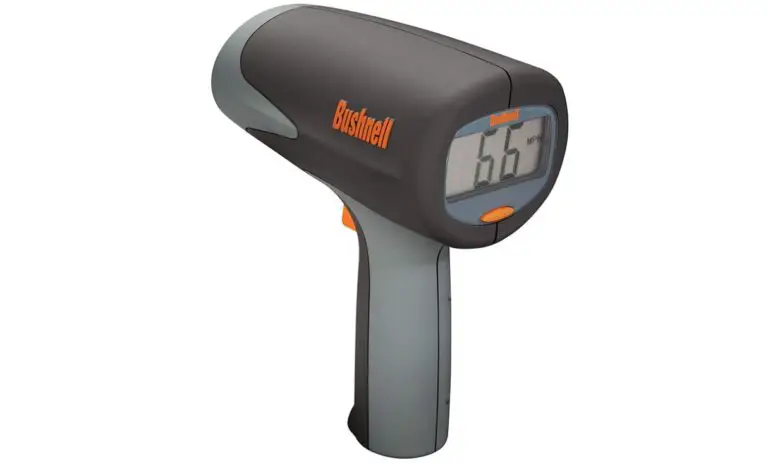Best Wireless Access Point for Home Reviews
If you want to build a network around a large area full of web traffic such as a big home, cafes, and bars, then you surely need a good wireless access point. You will say that router can also do this job, but when it comes to a large amount area, then a router fails to provide them access to the whole area. This is where you need to get WAPs. They are the perfect option to expand your pre-existing network spectrum.
What is WAP?
Wireless Access Point is used where the Wi-Fi links are broken, weak, or nonexistent. The wireless access point could be a stand-alone or a component of a wifi connection. It can easily be linked to a modem via high-speed Ethernet.
What’s the right wireless access point?
There are 3 bands for the wireless links:
- Solo Band (2.4 GHz)
- Dual Band (2.4 GHz and 5 GHz)
- Triple Band (one 2.4 GHz and two 5 GHz bands)
The more quicker and reliable band is the 5 GHz band. The antenna form is another feature to be looked upon, it could be internal or external.
For indoor use, Internal Antennas are more suitable and for outdoor use, external antennas are better options.
WAP could also be autonomous or controller-based. The controller-based is slightly more expensive but sophisticated as compared to the autonomous ones. Controller-based access points support central command, tuning, enhanced WPA2 encryption, and several more.
What is, and how does, a wireless access point work?
The range of already installed wireless connections can be extended by an access point. It can link multiple devices wirelessly over an elevated Ethernet cable to a LAN. It converts the wired Ethernet signal into a wireless signal which is then transmitted to a large amount of area.
In particular, a normal wireless router just provides coverage of Wi-Fi signal to a standard-sized home. So, in combination with an access point, you can increase the spectrum of the wireless signal. You can remove the areas of “dead zone” through the aggregation of router access points.
The Wireless router cannot protect your LAN against Internet attacks like a Wireless Access Point do.
Technologies from AP
MESH Technology
could link corporations, home appliances, or the whole city. Mesh Technology provides smooth internet connectivity over Wireless access nodes.
PoE (Power over Ethernet)
This is an amazing innovation with a long cable and low power that can relay up to 100 meters. It can rescue hazards and electric risks due to low electricity.
MIMO Antenna Technology (Multiple Input Multiple Output)
There is a common problem that occurs mostly on the wireless internet and other electronic networks which is the disruptive impact of dispersed signals. The destructive signal distribution can be reduced by positioning two or more antennas and multiple single outputs at the origin and the source.
Wireless Access Points Benefits / Drawbacks
The main advantage of WAP is to enable users to connect to the internet wirelessly.
PROS:
- It enables homes and businesses to level up the links that are provided by their network.
- It increases mobility for you or your computers
- It increases the range and spectrum of the signal
- It decreases dead spots and dead dead zones
CONS:
- It has a lower protection
- It decreases your bandwidth when multiple connections are established
- The wireless devices that are connected to it do not facilitate firewalls
Best Wireless Access Points 2023
Our picks for the best wireless access points on the marketplace for 2022 are below.


Ubiquiti UniFi UAP-AC-PRO-US Dual Radio Access


NETGEAR AC1200 Dual Band Wireless Access Point (WAC104)


WAVLINK AC1200


Ubiquiti UAP-AC-M-PRO-US Unifi Access Point


TP-Link Wireless N300 2T2R Access point


Linksys Business LAPAC2600 Pro Series Wireless Access Point


EnGenius Technologies ENS500-AC Wireless Access Point


TP-Link EAP225 V3 Wireless Access Point


This is a three dual-band antenna that can easily be attached to the roofs or can easily be mounted anywhere in your home. You can easily handle all three antennas using an integrated network view, by setting it via the cloud or locally. It also helps you customize and operate them when you are controlling their bandwidth utilization.
The wireless access point of Ubiquiti Networks has user profiles, guest portal/hot stop service, and update functionality for remote firmware. It can be set up pretty fast just in minutes. You just have to start it, log in, pop in the SSID, and you are done.
Specifications:
- Connectivity 802.11ac
- Single Control Plane management
- Remote firmware upgrade
- user and guest login support
- guest portal/hotspot functionality


This is a dual-band 802.11ac tech Wireless access point with a USB port. The only drawback of this WAp is that it has no MU-MIMO streaming technology. It has a user-friendly interface, so you can easily view the network configuration of both bands (2.4GHz and 5GHz).
You can also set up a VPN, built proxy servers, manage user access planning, set up email notifications, and block sites anytime some hacker tries to enter a site that you have blocked.
Specifications:
- 4 x built-in Ethernet ports
- Advanced security and versatile setup
- IPV6 support
- Factory tuned peak transmission antennas
- Connectivity 802.11ac
- WiFi Protected System (WPS)


This WAP is perfect for you if you are looking to extend your Wi-Fi range to a large area. It features an amazing design with a slim tube-shaped base and two antennas that are sticking out from the sides and two antennas popping out of the top.
These antennas are powerful that can receive speeds of up to 300 Mbps on the 2.4 GHz band and 867 MBps on the 5 GHz band which is pretty enough. The good thing is that it is powered by PoE with an RJ45 connector being protected with a weatherproof casing.
This wireless access point is being rated as IP65 weatherproof which is pretty amazing. So, you can fearlessly install it outside.
Specifications:
- Durable
- IP65 weatherproof rating
- 300 Mbps on 2.4Ghz and 867 Mbps on 5 GHz
- 4 antennas
- Connectivity: IEEE 802.11AC


With such a reasonable price it offers you enterprise-grade features. The setup is a bit difficult as compared to other Access Points that include a power supply, computer attachment, and eventually an UniFi device.
You can program it locally or through the cloud, and it provides you with a good wireless output.
Specifications:
- 3 x 3 MIMO
- Guest portal/hotspot support
- Connectivity 802.11ac 2.4Ghz and 5Ghz
- Remote firmware upgrade
- Single control pane
- User and guest support


By looks, you can confuse it with wireless routers due to its 2 huge antennas. At a reasonable price, you will get a very powerful device that provides a wireless transmission speed of 300 Mbps over 802.11n.
It has multiple modes of service, it can be used as a server, an access point, a wireless link, or a WDS repeater. It provides 100 feet of Control over Ethernet (PoE) connectivity for a more dynamic configuration.
Specifications:
- Protection with WPA
- Control over ethernet capability of up to 30 meters
- Connectivity 802.11b/g/n
- Wireless transfer rate of 300Mbps
- Two non-removable antennas


This champ can provide a nice push if used above the 5GHz band. You will feel like you are connected to an ethernet cable, this is how powerful it is. It can be connected with the captive portal of Linksys that can be optimized for guest access.
So, the company staff can access fundamental network resources while maintaining critical functions with heavy surveillance.
Specifications:
- Captive portal for a personalized hotspot for Wi-Fi
- 4×4 dual-band (2.5+Ghz AC)
- Clustering single-point control
- Mu-MIMO Tech
- Connectivity 802.11ac
- Roaming smoothly


It provides maximum bandwidth coverage by running over the fast 802.11ac spectrum network. You can use it as an external connector in places where cabling is not practicable or feasible.
If you want to provide coverage across lengthy ranges, then you can link secondary IP devices for high coverage. It has an IP55-rated housing and removable transmitter possibilities.
Specifications:
- 717 MHz quad-core CPU boosts wireless connectivity
- 11ac Wave 2 tech
- Connectivity 802.11ac
- Weatherproof IP55-rated housing
- McMaster Network Management


This wireless access point comes with additional ingenious functions for additional convenience that includes: band guiding (it accelerates devices by switching them to the 5 GHz band), MU-MIMO for seamless data sharing among different users, and PoE (power over ethernet).
It is a good value choice for small companies and homes. It provides basic internet setup, fast Wi-Fi speeds, and simple setup protection that does much of the work for you.
Specifications:
- Compatible with 802.3af
- Band steering
- Connectivity 802.2af PoE 2.4Ghz and 5Ghz
- Mu-MIMO Tech
- VLAN support administrators for improved network management
Wireless Acces Point Buying Guide
The following are some important points to be considered before buying a WAP.
Configuration
Some wireless access points are easy to configure as compared to others. Ubiquiti and TP-Link are comparably easy to install and configure as compared to others like Cisco and EnGenius.
Coverage
The coverage of a WAP is totally dependent on the type of antennas used. It is strongly connected to the signal gain. The WAP with omnidirectional antennas is the best choice because it will cover a broad area of around 400 feet, but it does not send signals too far.
Directional antennas are best for a point-to-point setup that can send and receive data over miles.
Weather-proof
For outdoor use, you have to look for a durable and weatherproof WAP. It should withstand any severe temperature, high humidity, heavy rainfall, and storm. So, you should consider trusted and quality brands for a wireless access point.
The casing of the WAP should be rugged, so it can withstand even hailstorms. So, look for the brands that show approved IP ratings which means that it has passed tests under rigorous conditions.
Power Over Ethernet
PoE allows you to receive power through an Ethernet cable which is quite a simple concept. So you can get electrical data and power both through a single cable. WAP mostly be placed on the ceiling, so without a PoE system, you have to rely on extension cords which have an ugly appearance. So, it is better to choose the WAP with PoE you do have not to worry to find accessible power outlets. Fortunately, most of the WAPs included in the above list are operated by PoE.
Boost in Signals
A higher signal gain is better but at some points, you need a WAP with low signal gain. Let’s discuss why?
With the higher signal gain, the signal can reach further away, but the total area covered will be less. With the lower signal gain, the signal will cover a shorter distance, but it will provide a better signal over a broader area.
Directional antennas have a higher gain while omnidirectional antennas have a lower gain. For home and small corporate, you better go for WAPs with lower signal gain.
IEEE Standard
The IEEE standard specifies the capacity of the wireless access point, so it is important to consider it. IEEE standards are in a format like 802.11X where X can be replaced with b, g, n, or AC. Modern systems mostly use 802.11AC, but there are some still that use 802.11b.
IEEE standards will limit how much bandwidth it can handle. 802.11b can handle 11 Mbps across the entire network which is a little slow as compared to others.
802.11g is comparably faster and can provide speeds up to 54 Mbps. 802.11n is the fastest among these with 300 Mbps throughout the network.
802.11AC is the fastest of all with a 5,200 Mbps speed.
Antennas
To get a stable network connection, Antenna is the key that maintains it. Some features internal antennas and some feature external antennas. The external antennas can be adjusted, so most people prefer external antennas.
Antennas are responsible to provide stronger signals, so it is important to check out the technology of the antenna the following WAP is offering.
Controller-Based vs. Standalone
As the name suggests that the standalone WAP can operate without communication with the controller. While the Controller-based WAPs need communication with the controller to work.
If you need to cover a small area with fewer devices, then stand-alone WAP is the better choice. But as your demand for users, coverage, and devices increases, then you surely need the controller.
Conclusion
With all the factors mentioned above, I have selected the best WAPs. Ubiquiti has all the perks that you need to have in a good wireless access point.

